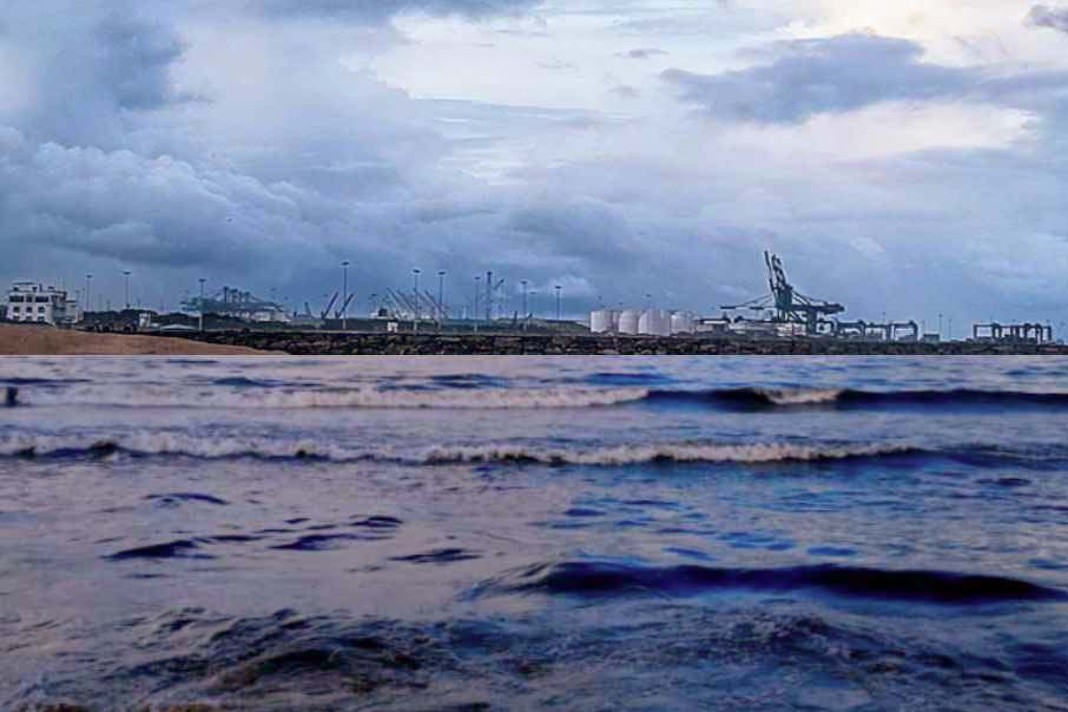The Port of Barcelona, currently recognized as Europe’s busiest cruise port, is set to scale back its passenger terminal capacity significantly by 2030. This strategic decision is a direct response to growing concerns about overtourism and the associated pressures on the city’s infrastructure and residents.
Limiting Cruise Ship Growth
Barcelona recorded a substantial increase in cruise ship calls and passenger numbers in the first five months of 2025, with a 21% rise in ship calls and a 20% rise in passengers, reaching 1.2 million people, compared to the same period in 2024. This represents a sharp acceleration, as passenger numbers had grown a total of 20% between 2018 and 2024.
Amid ongoing protests against tourism and debates about overcrowding in the Spanish city, Mayor Jaume Collboni announced a new agreement to put “limits… on the growth of cruise ships in the city for the first time in history.” This initiative is part of a broader effort to manage tourism more sustainably and avoid overcrowding at popular cultural landmarks like the Sagrada Familia basilica.
Under the new plan, the port will undergo a significant restructuring:
- Terminal Reduction: Three existing cruise terminals (A, B, and C on the Adossat wharf) will be demolished, and a new public terminal will be built on the site of Terminal C. This will reduce the total number of cruise terminals from seven to five by 2030.
- Capacity Reduction: This restructuring is expected to reduce the port’s maximum daily cruise passenger capacity from 37,000 to 31,000, representing a 16% decrease.
- Prioritization of Home Porting: The port will prioritize cruise ships that use Barcelona as their home port for departures and arrivals. The aim is to encourage tourists to stay longer in the city and contribute more to the local economy.
- Infrastructure Investment: The project involves a public-private investment of approximately €185 million, including a €50 million renovation of a 610-meter wharf section.
Emissions Reduction and Onshore Power Supply
A key aspect of the refurbishment is to facilitate connecting ships to the local electricity grid. This onshore power supply (OPS) system is crucial for reducing emissions from docked vessels, as it allows ships to turn off their auxiliary engines.
This move aligns with European Union rules on reducing carbon emissions, which have set a 2030 deadline for maritime ports to install the infrastructure to provide onshore power supply. However, a recent study indicated that most European ports are currently lagging in installing these necessary facilities, making Barcelona’s proactive steps particularly noteworthy.
Did you subscribe to our daily Newsletter?
It’s Free Click here to Subscribe!
Source: Reuters
















